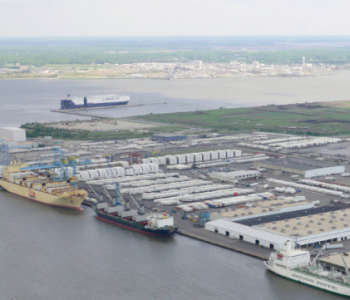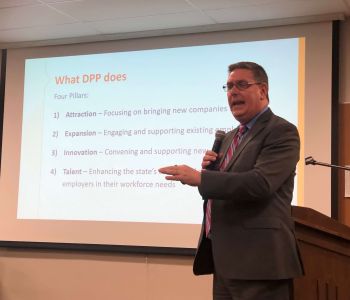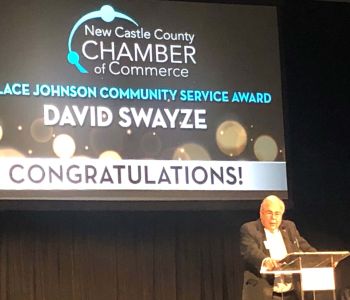Delaware Prosperity Partnership

May 22, 2019
Register for the BIO Convention & Sign Up for the Delaware Tour

May 16, 2019
Wilmington Becoming a Tech Hub

May 15, 2019
10 Questions With Kurt Foreman, CEO of Delaware Prosperity Partnership

May 8, 2019
Delaware Taking the Lead in the Bioscience Sector

May 3, 2019
GT USA Wilmington Launches new Infrastructure Investments

April 29, 2019
FMC Corporation

April 3, 2019
M&T Commits to Tech Jobs, Other Roles in Delaware

April 3, 2019
STAR Campus: Innovative, Award-Winning STEM Hub

April 3, 2019
Delaware Looking to Thrive with Private, Public Partnership

April 2, 2019
A Delaware Institution on the Business Benefits of Delaware

March 27, 2019
Join us on April 2nd for an Economic Development Update

March 15, 2019
Millennial-Centric Banking App to Hire 30-50 Industry Vets to Drive Growth























